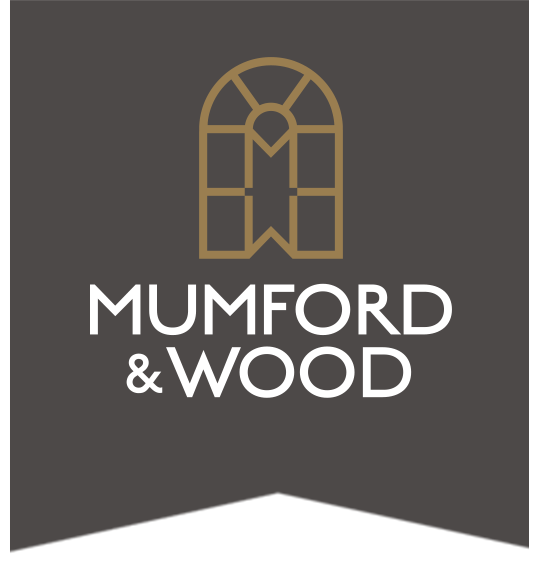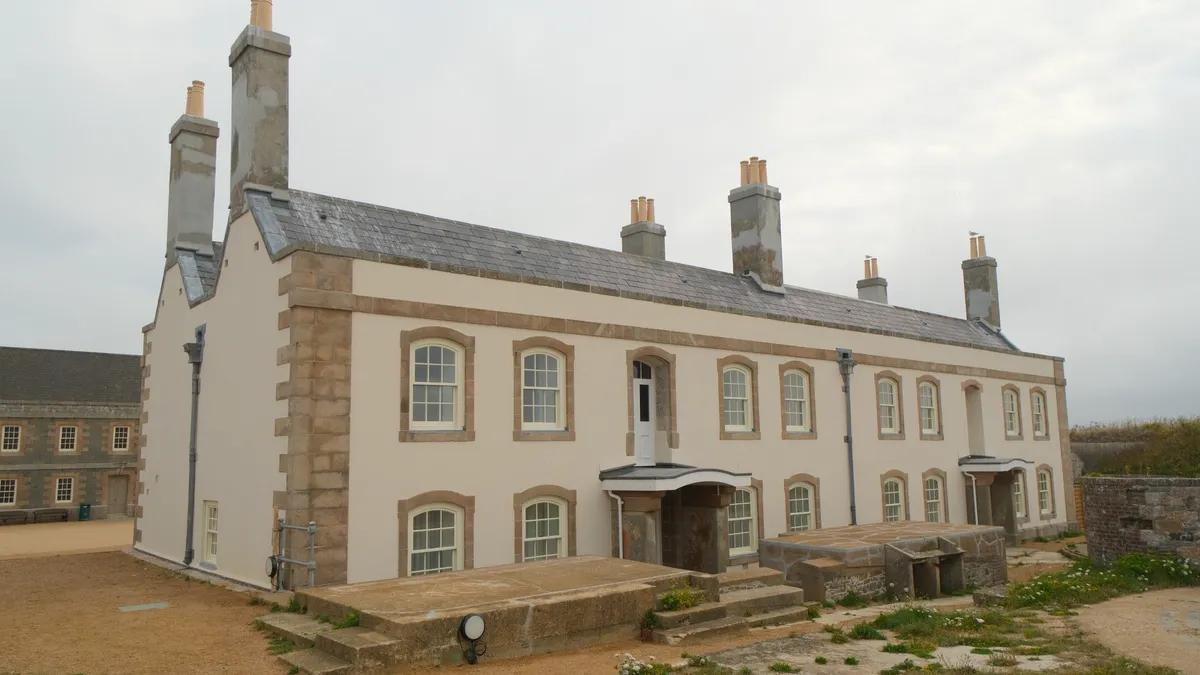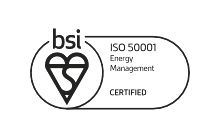Choosing the right glazing for your windows isn’t just about looks — it directly affects how warm, quiet, and secure your home feels. Whether you’re working on a new build, updating an existing home, or restoring a period property, selecting the right glazing can improve energy efficiency, reduce noise, and enhance comfort.
At Mumford & Wood, all of our bespoke timber windows and doors are engineered with advanced double glazing and industry-leading draught seals. Combined with robust, sustainably sourced European Redwood frames, our products offer long-term performance, style, and integrity.
Let’s explore the different glazing types and determine which one is best suited to your project.
Glazing Options Explained
Single Glazing: This is the simplest form of glazing, just one pane of glass with no insulating layer. While it can still be found in some heritage properties or outbuildings, single glazing no longer meets energy efficiency requirements for most homes.
- Pros: Low glass cost, traditional appearance
- Cons: Poor insulation, higher heat loss, and less secure
- Ideal for: Listed buildings or secondary glazing in outbuildings
Double Glazing: The standard for modern homes, double glazing uses two panes of glass separated by an air or gas-filled cavity. This helps reduce heat transfer and outside noise.
- Pros: Strong thermal performance, lower energy bills, good sound insulation
- Cons: Higher cost than single glazing, may need occasional resealing
- Ideal for: Most UK homes, extensions, and office spaces
At Mumford & Wood, our high-performance double glazing provides nearly double the efficiency of conventional options, helping to keep homes warm in winter and cool in summer.
Triple Glazing: With three panes of glass and two insulating cavities, triple glazing offers excellent thermal efficiency and soundproofing. While common in colder regions, it’s increasingly being used in the UK for ultra-efficient homes.
- Pros: Exceptional insulation, enhanced noise reduction, improved security
- Cons: Heavier units, higher upfront cost, benefits may be marginal in mild climates
- Ideal for: Homes in colder areas, passive houses, or properties near busy roads
Low-Emissivity (Low-E) Glass: This glass features a special invisible coating that reflects interior heat back into the room while allowing natural light to pass through. It improves insulation without darkening the room.
- Pros: Increased energy efficiency, stable indoor temperatures
- Cons: Slightly higher cost
- Ideal for: Energy-conscious homes and rooms with large glazing areas
Acoustic Glazing: Specifically designed to reduce noise, acoustic glazing often includes laminated glass and special sound-dampening layers.
- Pros: Excellent soundproofing, quieter interiors
- Cons: Costlier than standard glazing
- Ideal for: Properties near motorways, train lines, or flight paths
Self-Cleaning Glass: This modern glazing includes a special coating that reacts with sunlight to break down dirt, which is then washed away by rain.
- Pros: Low maintenance, keeps hard-to-reach glass clearer for longer
- Cons: Slightly more expensive
- Ideal for: Conservatories, skylights, or upper-floor windows
Why Choose Mumford & Wood Glazing?
Every window we produce is made-to-order with precision-engineered glazing units that not only meet but often exceed modern building standards. We combine energy-saving performance with timeless timber design, giving you the best of both worlds: warmth and character.
Planning Your Window Project?
Download our digital brochure to explore the full range of bespoke timber windows and doors, or request a tailored quote today. Whether your priority is insulation, noise control, or low maintenance, we’ll help you find the right glazing solution to elevate your home for years to come.


















